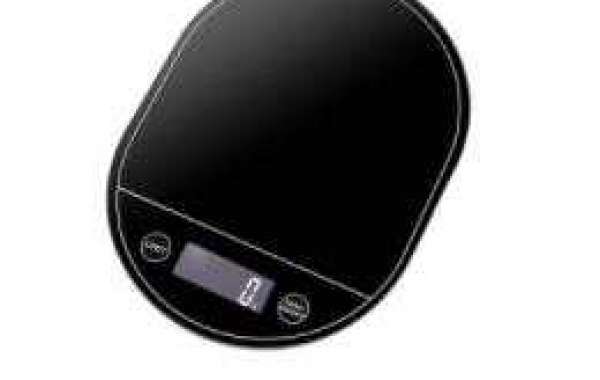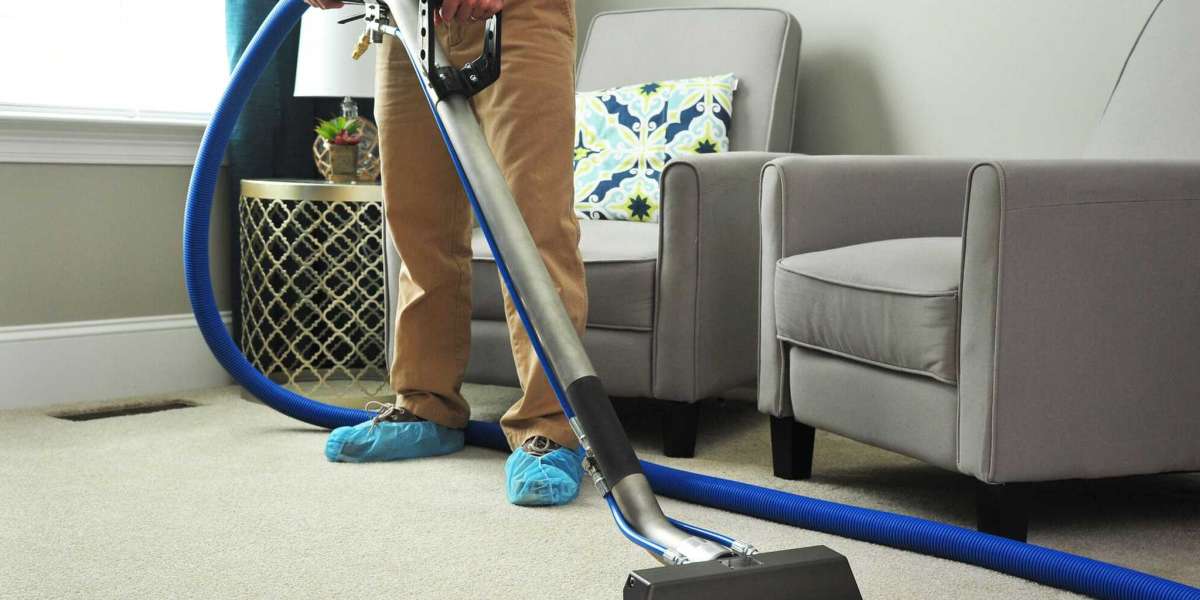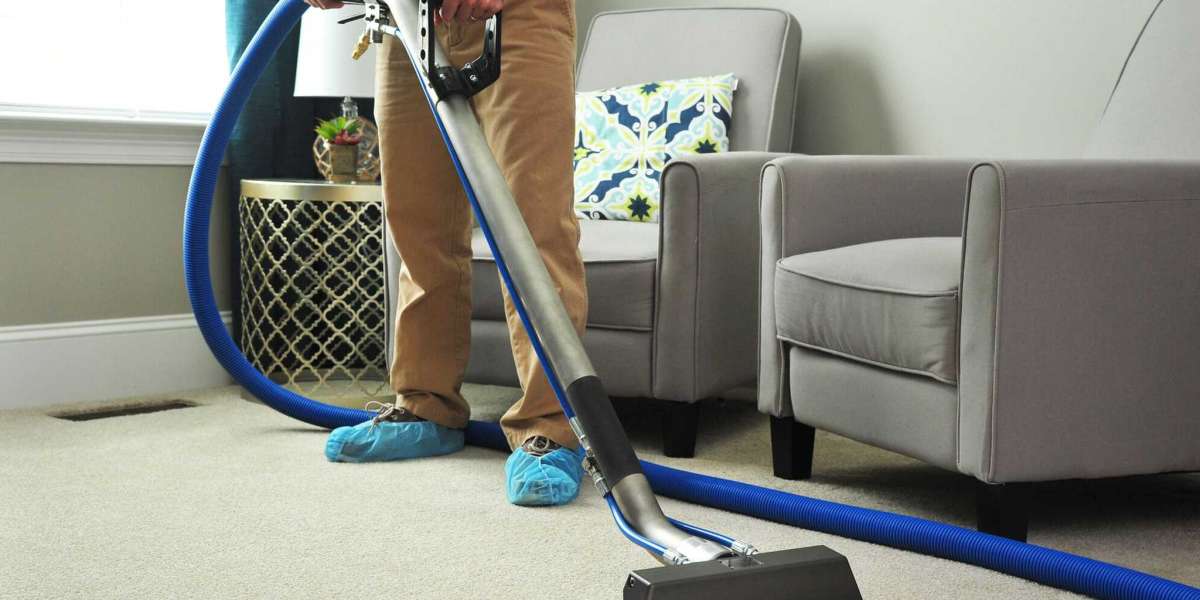Bathroom electronic scales work completely differently and are generally considered more accurate and reliable than comparable mechanical scales. Of course, a really high-tolerance mechanical scale can be very accurate, while a low-quality digital scale can be as varied as a mechanical case.
It starts with a small piece of electronics called a strain gauge. A strain gauge, a device that has been around since the late 1930s, is really nothing more than carefully arranged layers of metal foil. The meter is located on a so-called load cell, which also includes sensors and transducers.
When you step on the scale, your weight is evenly distributed over the entire surface, and you press down on the strain gauge. This converts your weight into electrical signals. This signal is measured, and circuitry in the device converts this measurement into an accurate reading of the weight on the scale.
This makes the scale more compact than mechanical scales, while still maintaining reliability. It's also the same system used in postage scales to reliably measure just ounces.
Electronic scales are accurate and reliable, provided they are properly created and calibrated. Most electronic scales have a method in the instructions (probably as simple as stepping and stomping on) to "zero" the scale. Zeroing the balance tells the balance what level of signal, or no signal, should be considered "zero". After all, the face of a scale has its own weight that needs to be taken into account.
Generally speaking, the circuitry on a digital scale will be reliable, although that may not be the case on an ultra-cheap scale. A more common point of failure is the part itself. Over time, circuits can degrade, load gauges can crack and fail, and parts can wear out.
Xiangshan Chint Electric Co., Ltd. is a digital scale supplier from China. The company designs, processes and sells digital luggage scales, Bluetooth scales, and other electronic scale products.








